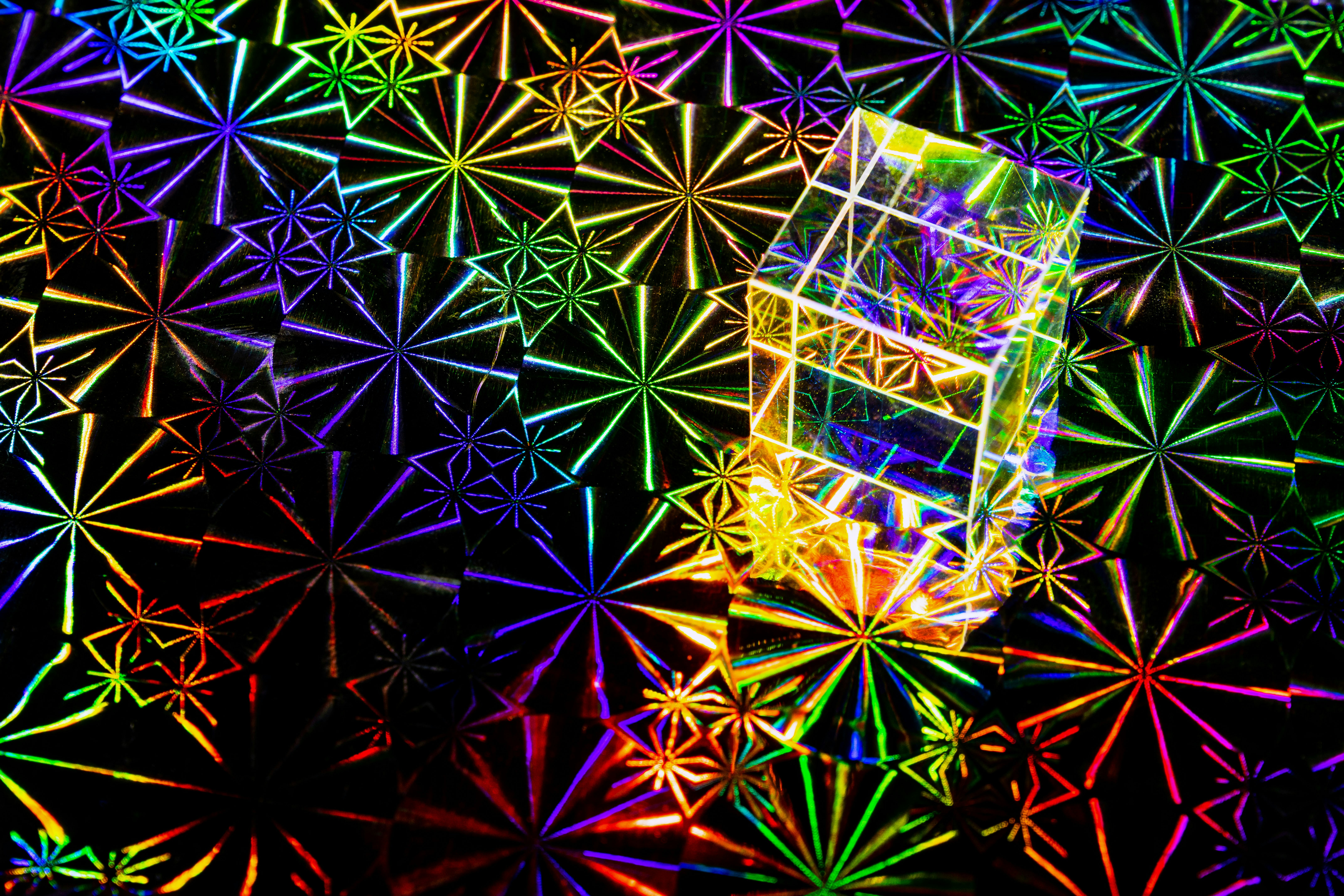The Emergence of Light Field Cameras: A New Dimension in Photography
With the rapid development of technology, photography has experienced a significant transformation. From the birth of the Daguerreotype in 1839 to the advancement of digital photography in the late 20th century, the world's perspective on capturing moments has significantly changed. Now we stand on the brink of another technological breakthrough: Light Field Cameras.

The Genesis of Light Field Technology
The concept of light field technology isn’t entirely new. It was first introduced by Gabriel Lippmann, a French physicist, in 1908. He proposed a method for recording full-color imagery, which is considered the theoretical foundation of light field technology. However, it was not until the 21st century that this technology began to take shape in the form of a camera, thanks to the relentless pursuit of technology by companies like Lytro.
A New Era in Photography
The introduction of Lytro’s light field camera in 2012 marked the beginning of a new era in photography. Unlike traditional cameras, which only capture the amount and color of light, a light field camera captures the direction of every light ray. This allows the user to refocus images after they are taken, providing a new level of flexibility and creativity in photography.
The Current Scenario
Lytro discontinued their consumer-oriented light field camera in 2015 and shifted their focus to professional-grade products. However, other companies have taken up the mantle. Google, for example, has been experimenting with light field technology to improve VR experiences, while Facebook has developed prototypes for light field video cameras. Canon, renowned for its cameras, has also shown interest in light field technology, with patents related to it filed in 2017.
Market Impact and Price Range
The market impact of light field cameras is yet to be fully realized. Given the novelty and complexity of the technology, it might take some time for it to become mainstream. However, with tech giants like Google and Facebook showing interest, the future looks promising. As for the price, Lytro’s first consumer camera was launched at $399. Considering the advancements since then, we can expect the future models to be pricier. However, with mass production and market competition, prices may eventually come down.
The Future of Light Field Cameras
The potential of light field cameras is immense. Apart from photography, they have applications in fields like virtual reality, medical imaging, and even defense. While the technology is still in its nascent stages, it’s evolving rapidly. With the backing of tech giants and the promise of a new dimension in capturing moments, light field technology seems poised to redefine the future of photography.
In conclusion, light field cameras, with their ability to record the direction of light, bring a significant shift in how we perceive photography. While the technology is still relatively new and expensive, it holds immense potential. As we continue to explore this technology, we may soon find ourselves in a world where refocusing an image after it’s taken is a standard feature, a world where our memories are not just moments frozen in time, but dynamic scenes that come to life.




